 This morning I happened to stumble onto somebody’s online photo album from the Maine Photographic Workshops, and I was hit by a wave of genuine homesickness for Rockport–the place and the people. It’s been two years since my last workshop (out of three total); family and financial logistics have made it impossible, and I’m not confident about getting professional development money from my school, so I had concluded that my Workshop experience was over. But those pictures sparked a powerful sense of need–not just “want,” but actual need–and sent me into my archives to look at pictures from my time there.
This morning I happened to stumble onto somebody’s online photo album from the Maine Photographic Workshops, and I was hit by a wave of genuine homesickness for Rockport–the place and the people. It’s been two years since my last workshop (out of three total); family and financial logistics have made it impossible, and I’m not confident about getting professional development money from my school, so I had concluded that my Workshop experience was over. But those pictures sparked a powerful sense of need–not just “want,” but actual need–and sent me into my archives to look at pictures from my time there.
My first workshop was in 2004, and it was a video production class for teachers. I loved my classmates and the mix of interests and backgrounds that we all brought to the week; everyone was opinionated but open-minded, and we got a lot of work done. But I hated being cooped up in a windowless room full of computers or performing mindless drudgery for a minor film shoot–it was very obvious to me that the photography classes were where I really belonged, and the Alternative Process workshop seemed to be having the most fun and producing the coolest work. Word was that if you took the Photography Teachers’ Workshop with Christopher James and Craig Stevens, you’d be admitted easily to the Alt Pro workshop the following summer, since Christopher teaches that too. So that’s what I did: Photo Teachers in 2005, Alt Pro for two weeks in 2006. I’m still grateful to our academic dean for her financial and moral support. These classes rejuvenated me as a teacher and a photographer; I made friends with whom I’m still in touch, and I was introduced to the Holga camera, which completely changed the way I work and see. There’s simply nothing else like the atmosphere of Rockport, where everyone is wandering around with cameras; you talk about photography at your picnic table over every meal, you work in the darkroom till the interns shut it down at 10 p.m. every night, and you laugh (and cry a little) at the lobster feast and “wrap party” production on the last night.



As I sat down to write this entry, I flipped through pages of scribbled notes from my last two workshops. It’s impossible to sum it all up neatly, but it’s fun to stumble onto these random jottings that bring back valuable technical advice, goofy inside jokes, and insight into nurturing creativity. Part of my work as summer draws to an end will be to revisit these notebooks and pull out points to use in planning my new course structure for next year. Not only has my curriculum changed…my students have changed also. They’re much more used to shooting what I call “disposable” pictures, and they tend to be less interested in technique. Though many of them seem to fall in love with the darkroom and its craft, they don’t show as much affection for their cameras. Craig and Christopher emphasized creativity over mechanics, self-direction (“points of departure”) over limiting subject assignments, and dialogue over rule-making. They pulled us out of our usual habits and helped us face our demons, whether technical or philosophical. For me it was a validating experience–I too believe in learning through play and in encouraging (or forcing!) students to determine their own subjects as photographers–but it was also very challenging. Photography has evolved from a straightforward process into an endlessly expanding array of technical options; you can’t build a photo program strictly around black-and-white craft anymore, and it’s hard to know where to begin or how to keep things cohesive. Finding a unifying, purposeful thread–a “through-line” for one’s teaching–is one of the biggest challenges now.


Between my two weeks of Alt Pro workshops (2006), a friend and I took a day-long road trip along the coast, north through Belfast and onto Mt. Desert Island. We poked around in shops and galleries, confessed our mutual terror of high bridges (before driving across one), and took pictures like tourists. Away from Rockport, I did feel a bit conspicuous with my camera, until we arrived in Bar Harbor and wandered onto the boat docks on Frenchman’s Bay. The sunset and view were postcard-perfect; photographing it all was completely irresistible. Two women were poised with photo equipment, waiting for the whale-watching boat to pull in, and their cameras could not have been more different in size and “degree of difficulty.”

If I were their teacher–and I could have that situation in a digital class–how would I work with such a range of technical options, or give them really useful advice on the right kind of equipment? One note I made in the teachers’ workshop was “how are you going to respect the vision when you’re thinking about the value of the camera?” But another note said “you [the teacher] don’t want to be a technocrat–as soon as you put a limitation on a student artist, you cut them off at the knees.” Teaching photography was definitely simpler in the days when a Pentax K-1000 and a roll of Tri-X was a great way to start. I’m both intimidated and excited about the possibilities that my students have now, and my toughest job as a teacher will be to help them use all of these tools as a way of making genuine meaning.

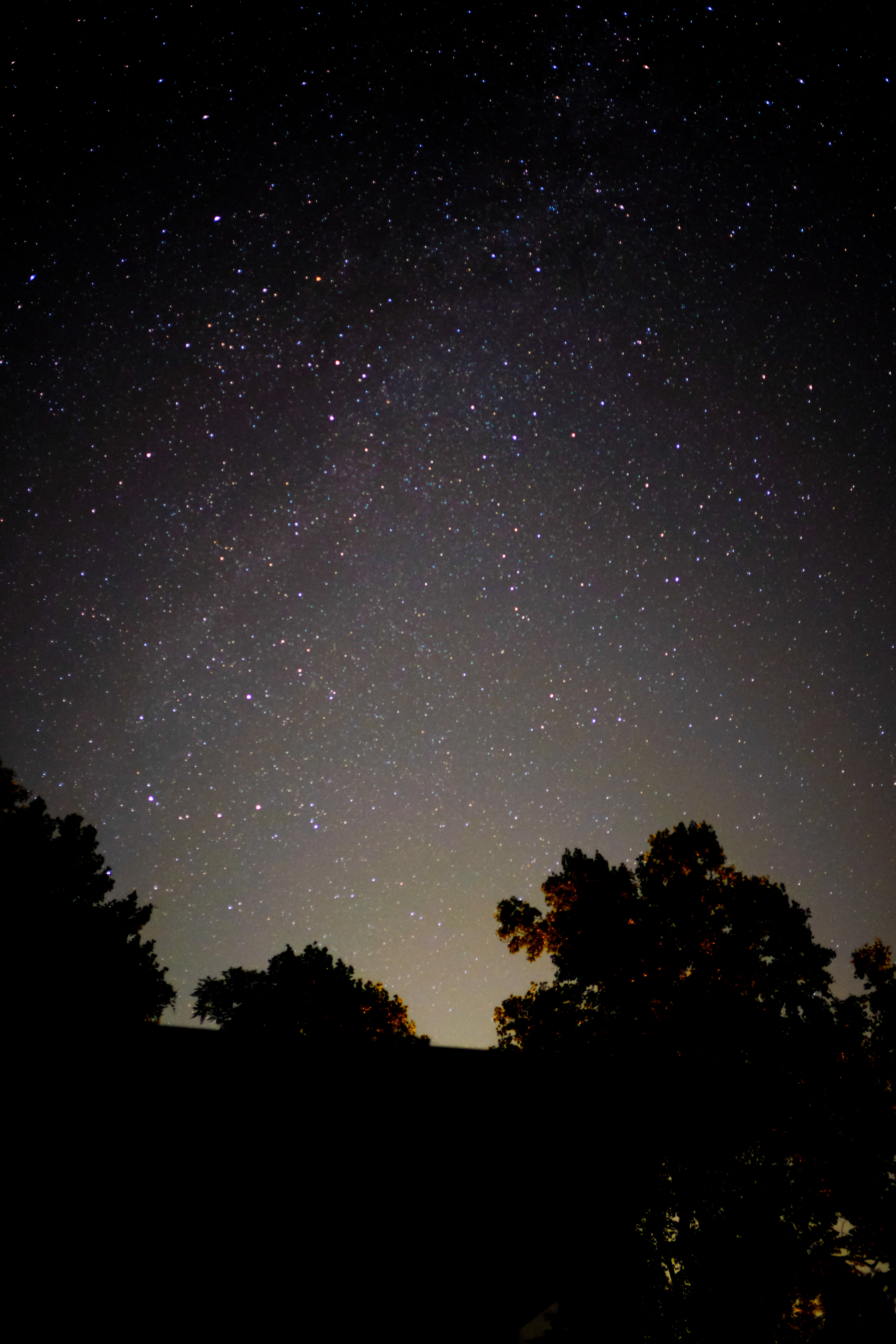
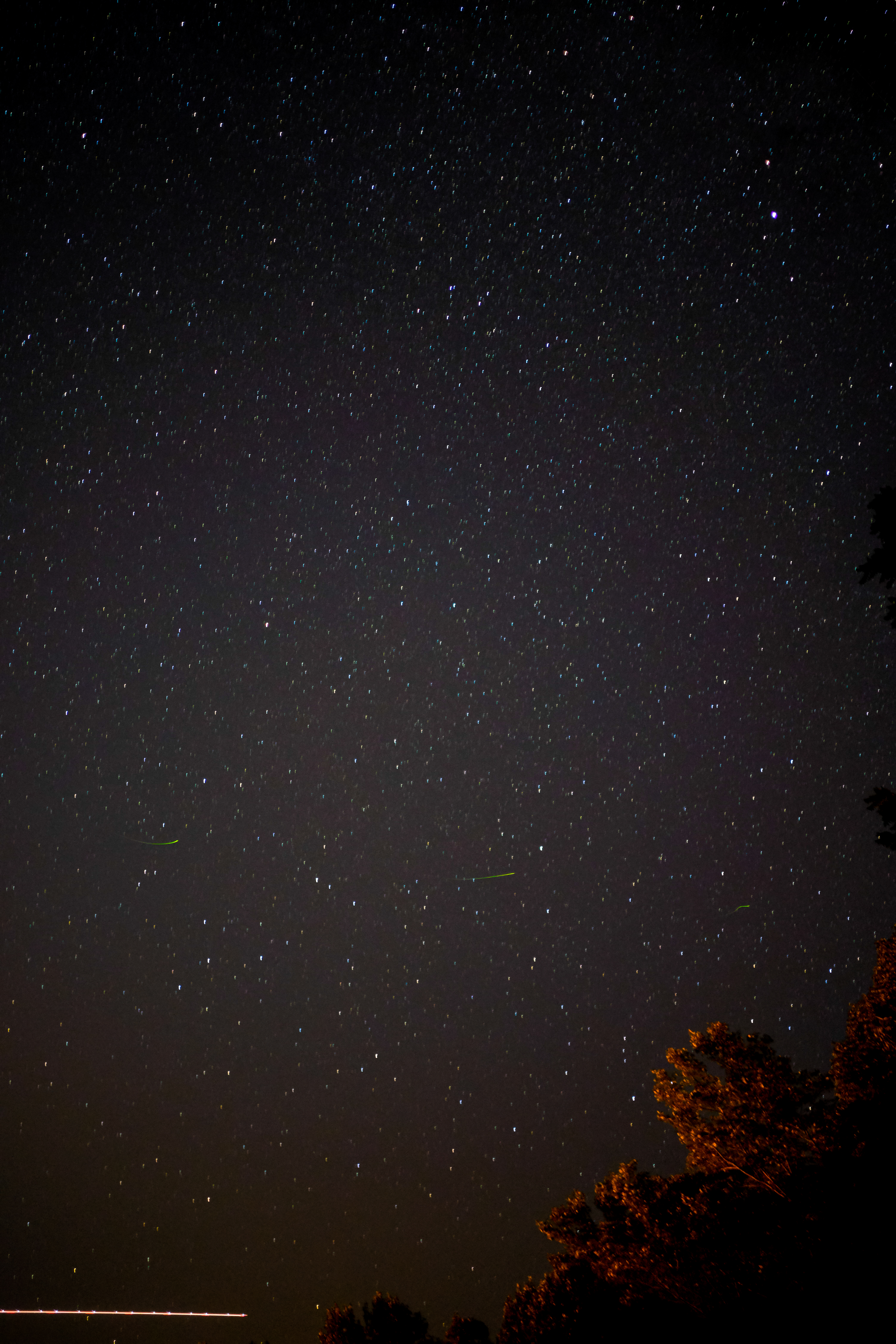
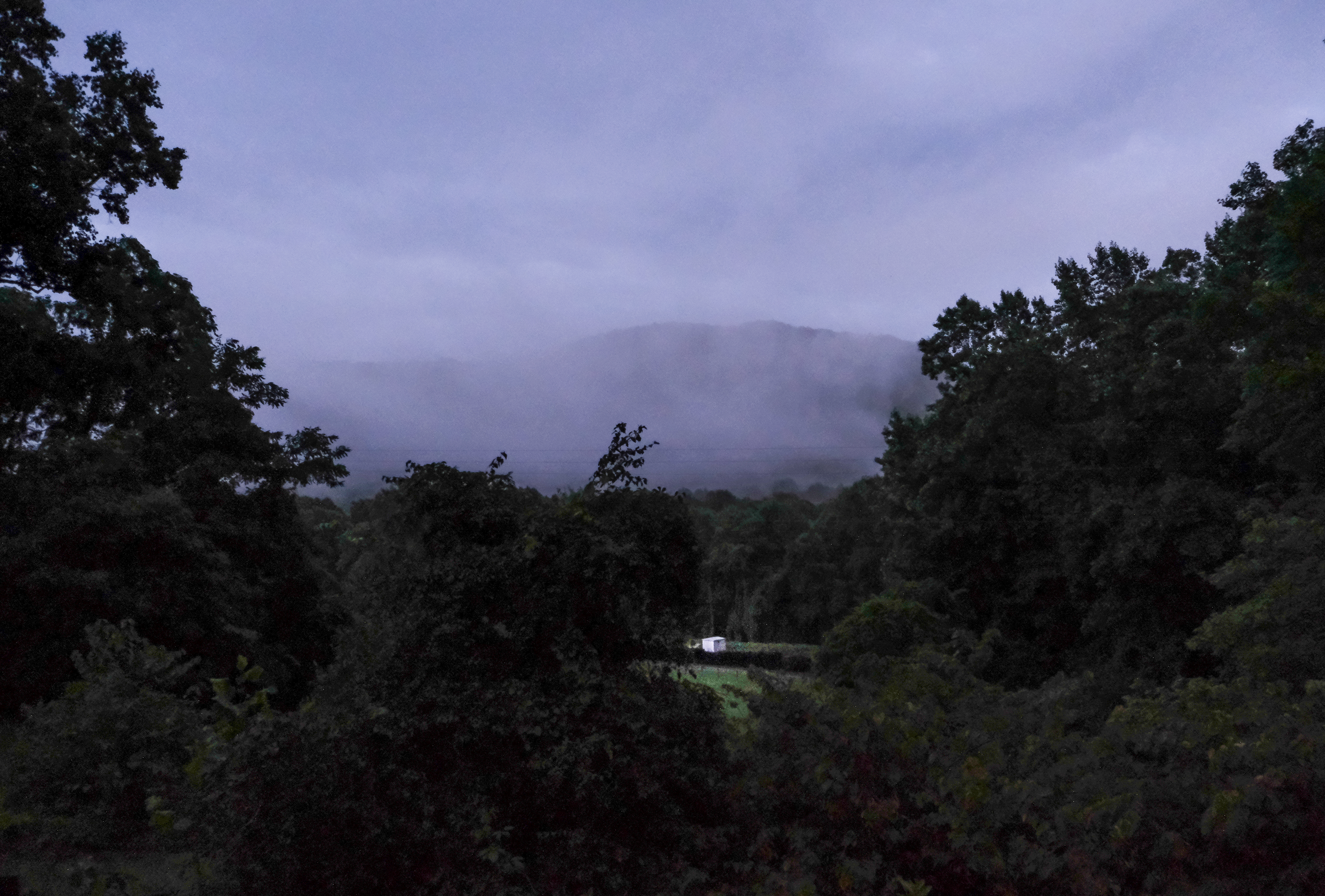
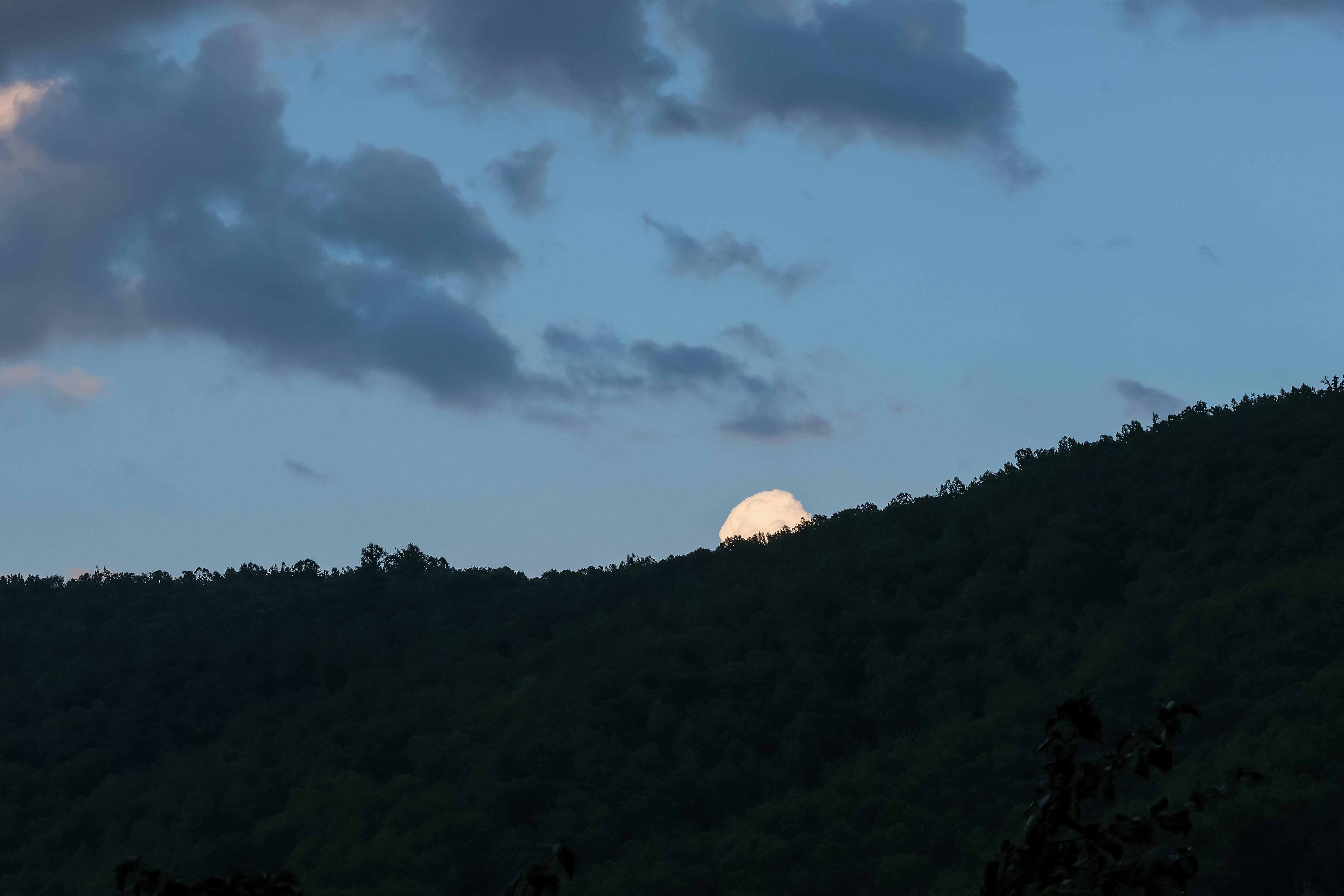
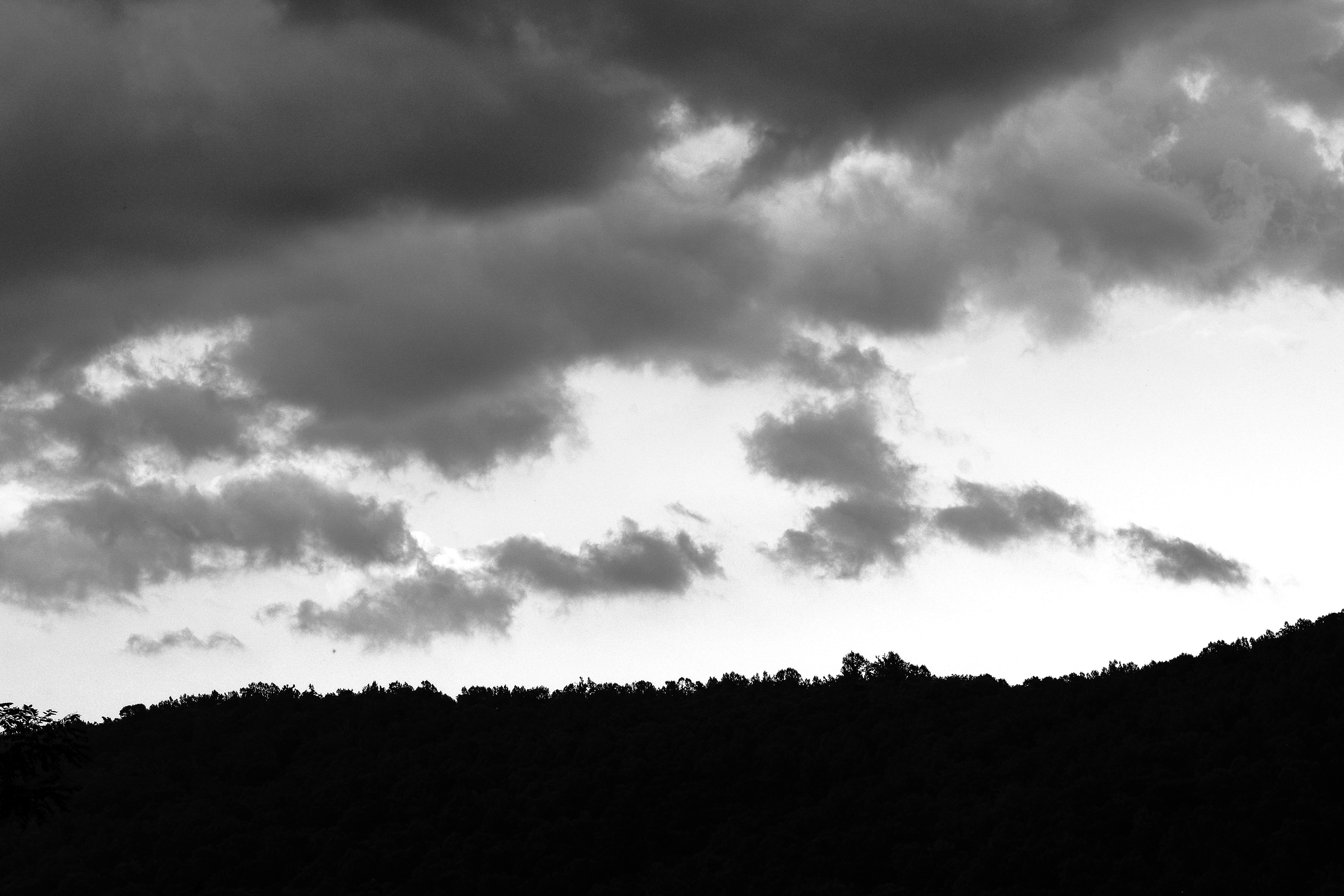
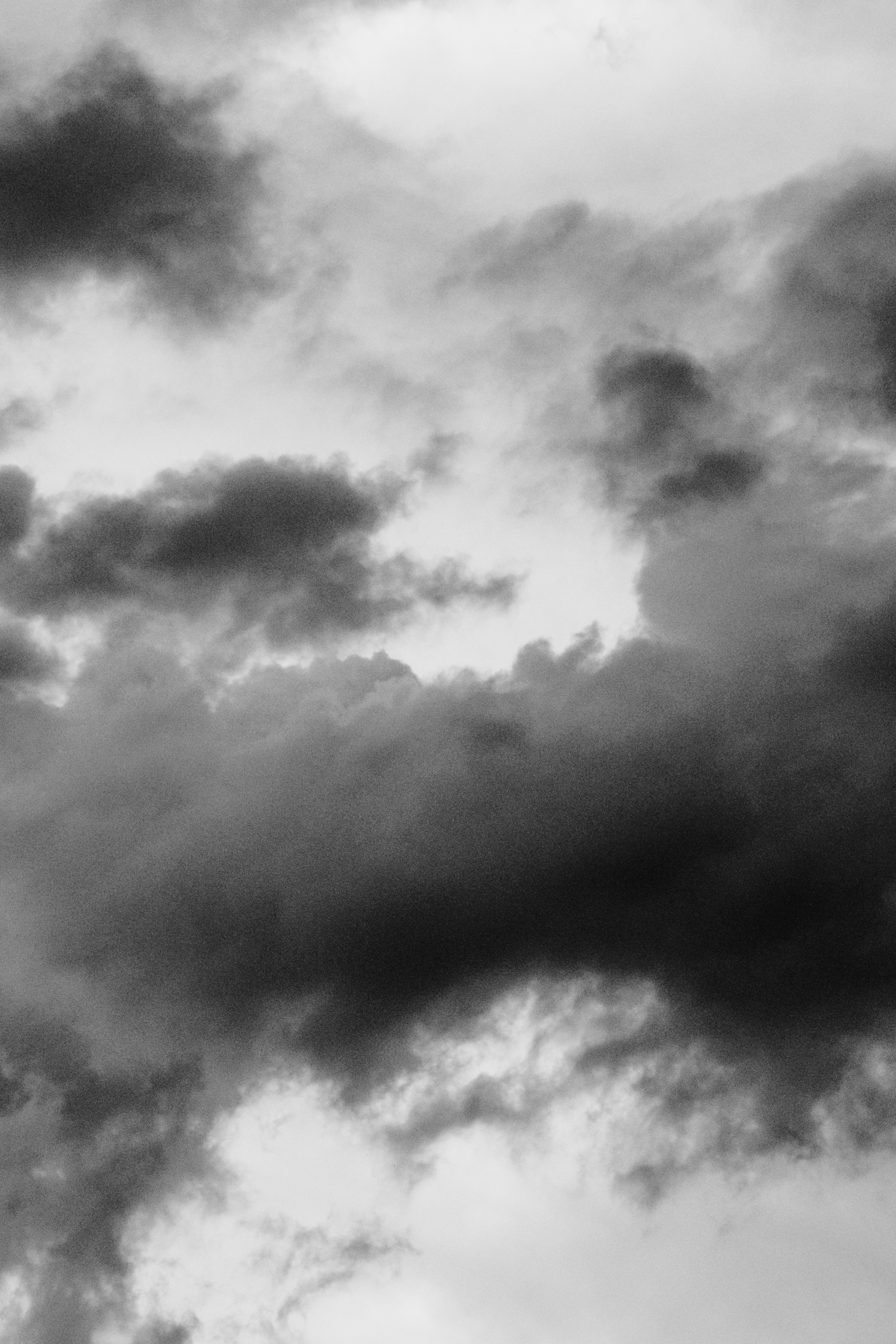
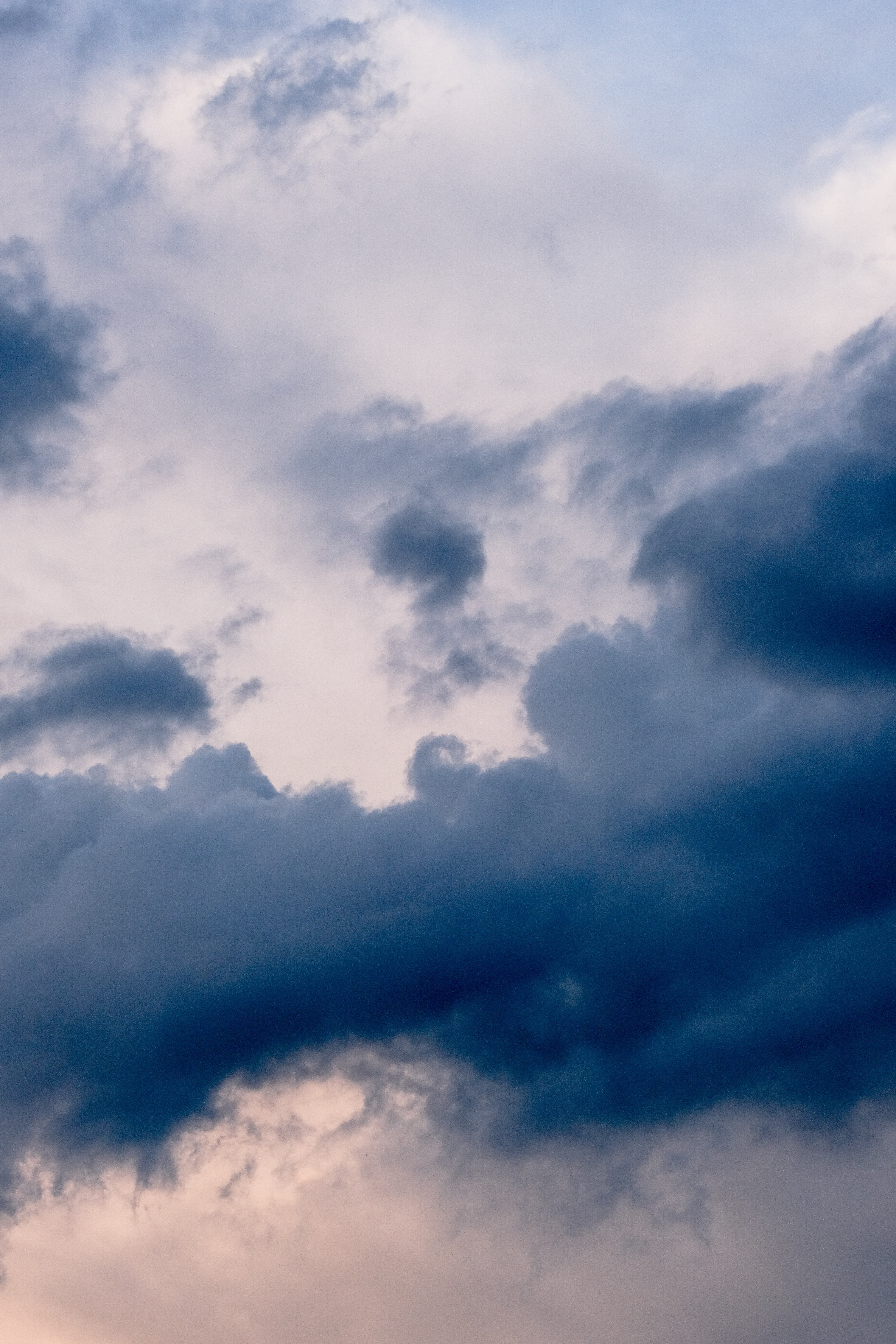
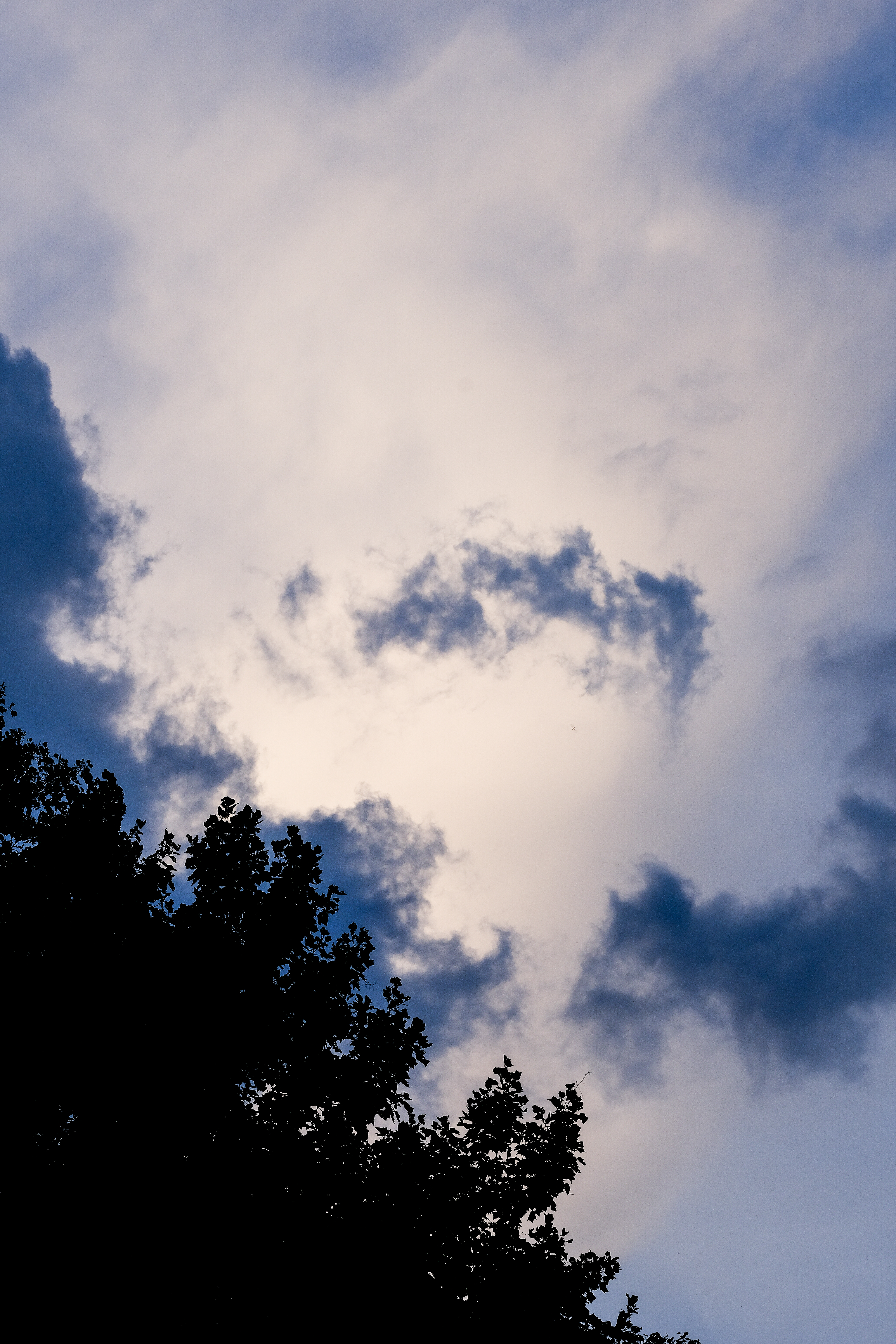
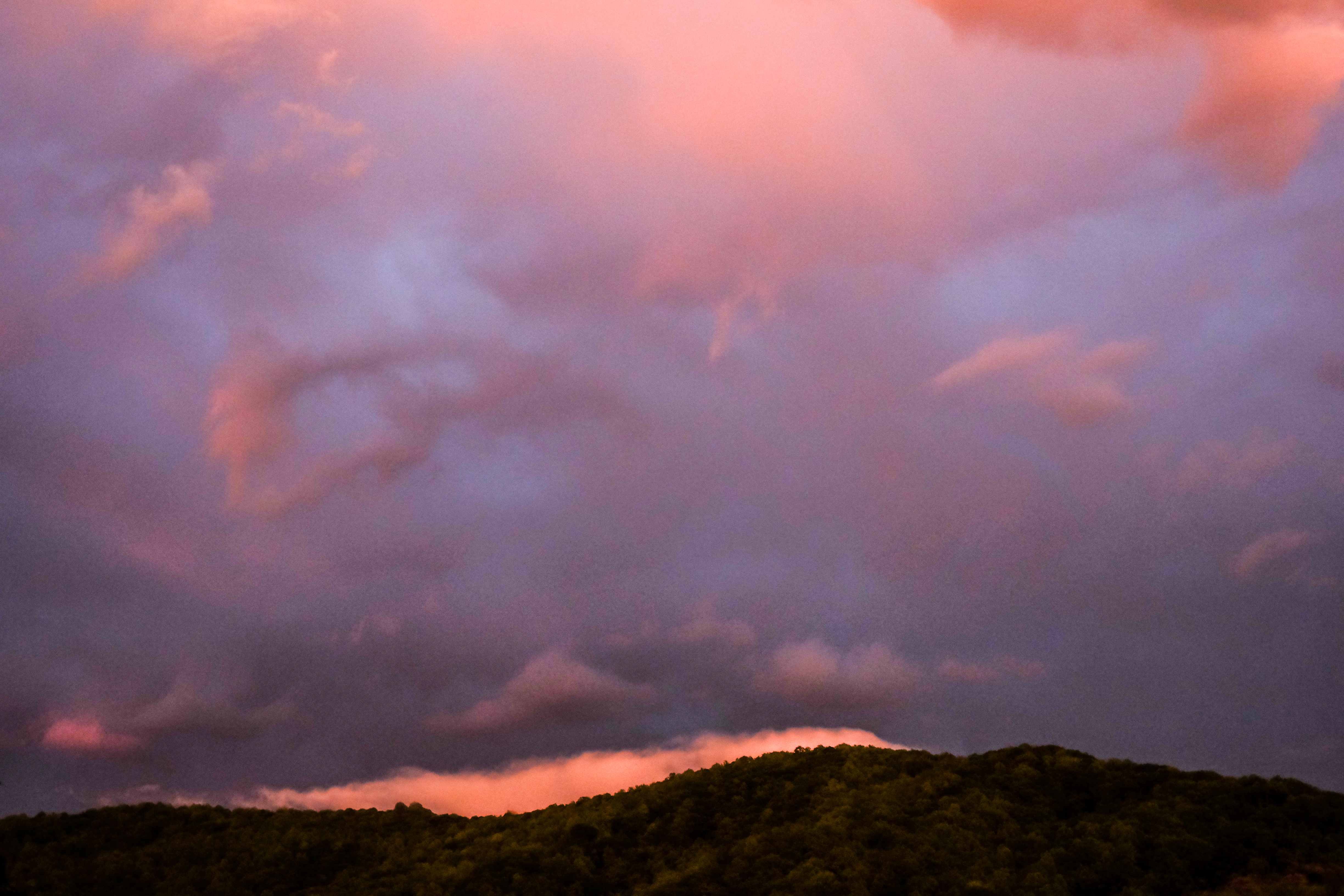
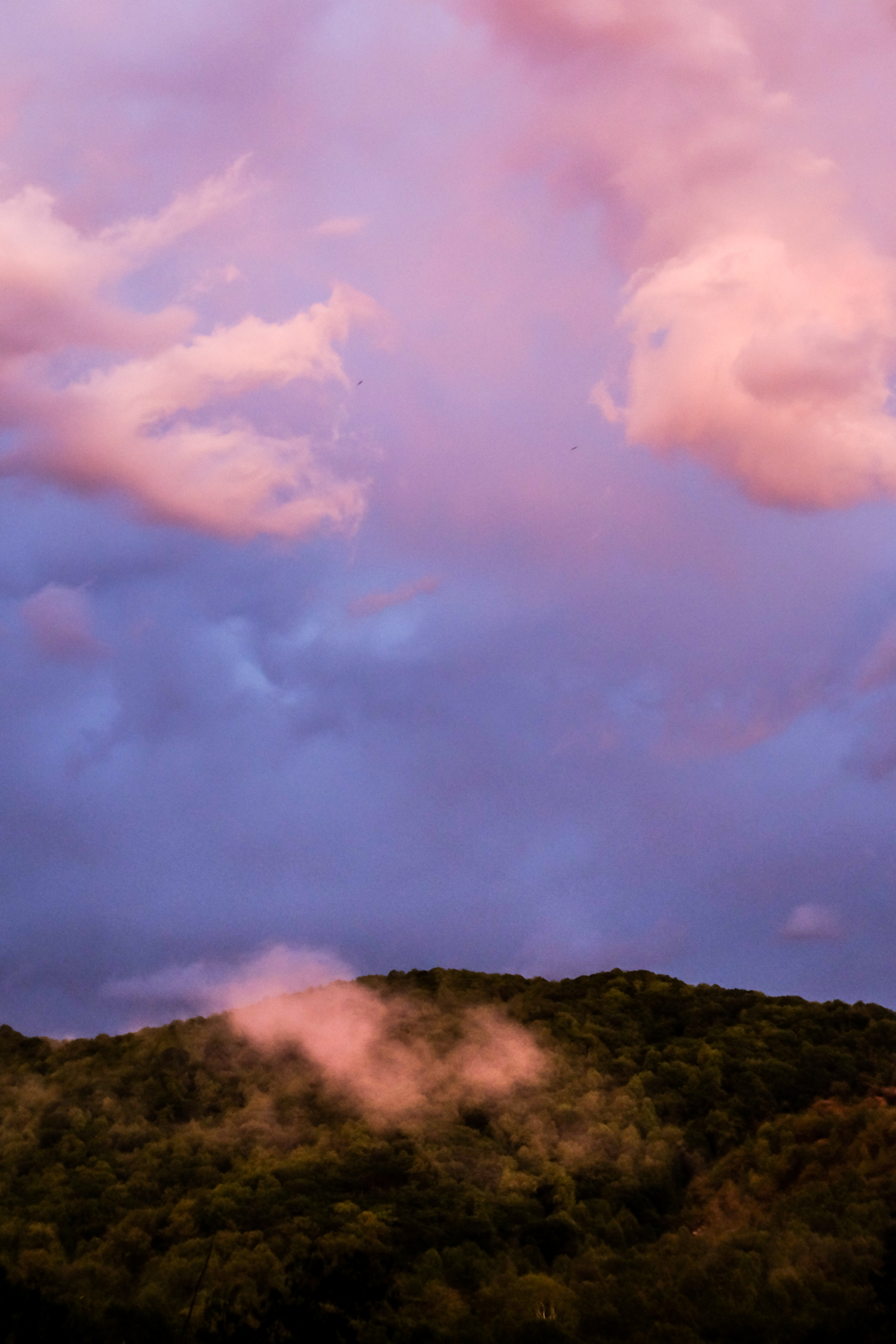
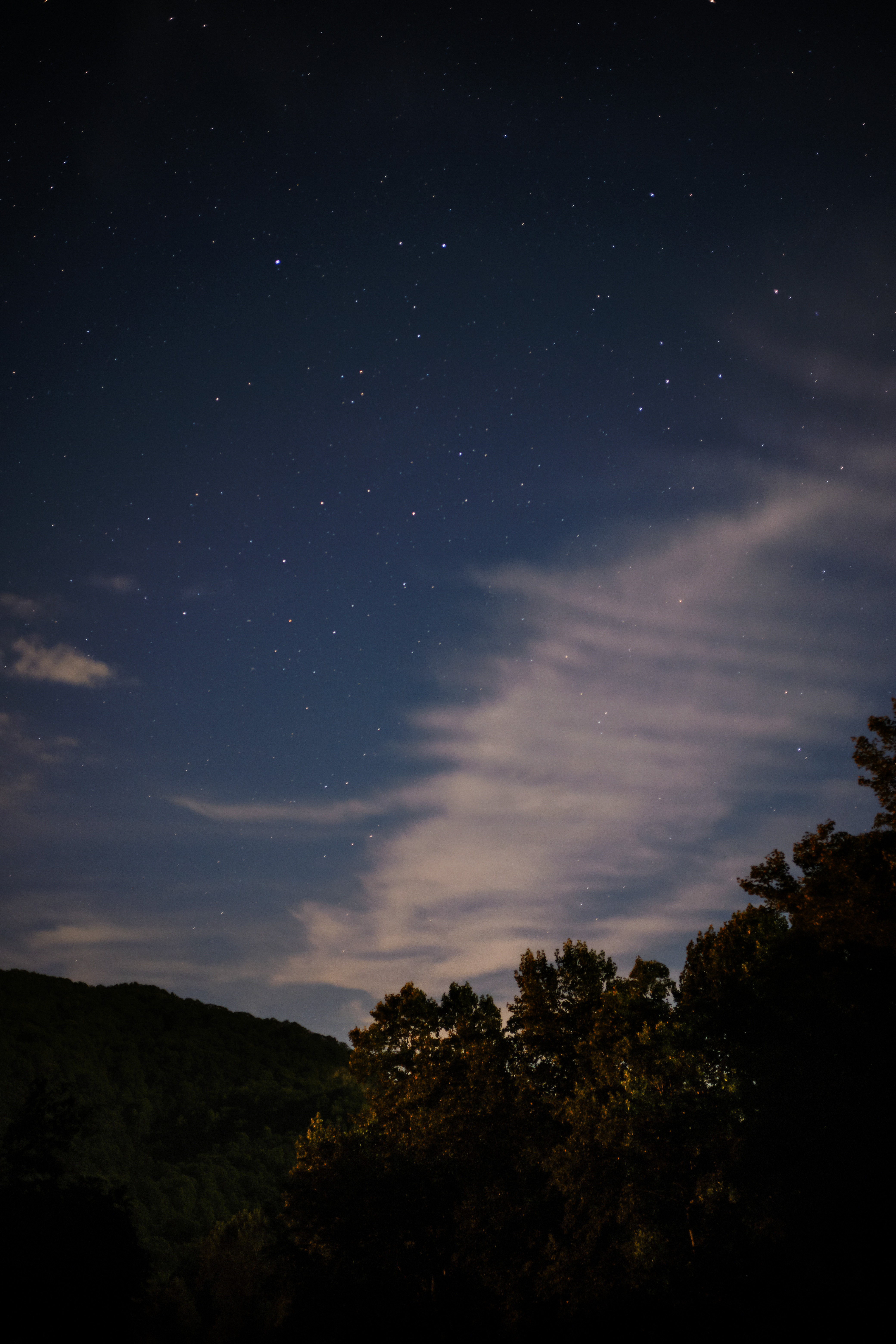









You must be logged in to post a comment.